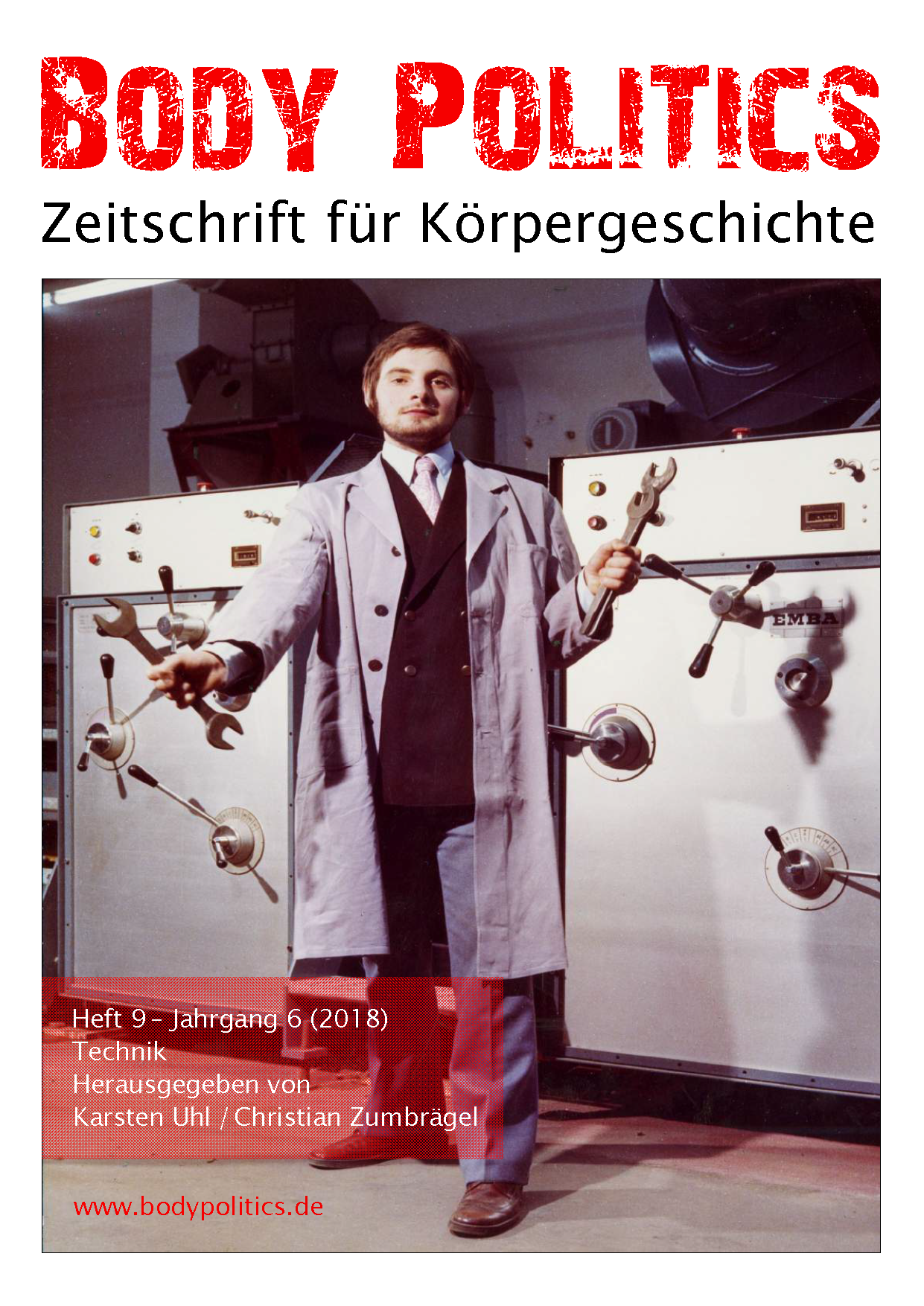Die technisierten Körper der Erdarbeiter um 1900.
DOI:
https://doi.org/10.12685/bp.v6i9.1503Abstract
English abstract: The human body was the motor, which drove the construction of the infrastructures of European modernity. The article focuses on the bodies of earth workers and analyses (1) how they powered the work processes by which cuttings and embankments were built, (2) how they formed the centre of work culture, and (3) how they were “fuelled” with alcohol, which stabilised the power relations on the building site, both by disciplining the workers and offering them brief escapes from a heteronomous situation. Closely reading two autobiographies, I argue that the conditions for these unskilled migrant workers continued to be largely pre-modern. Their bodies remained unchanged to the new scientific and popular representations and technologies of the body that developed around 1900 (e.g. rationalisation, bureaucratisation). The formative processes of modernisation produced representations and uses of the body, which remained impervious to change. The article is a reminder to challenge affirmative rhetoric of modernisation and innovation by analysing remains as a necessary and productive part of historical change.
Downloads
Veröffentlicht
Ausgabe
Rubrik
Lizenz

Dieses Werk steht unter einer Creative Commons Namensnennung - Nicht-kommerziell - Keine Bearbeitung 3.0 International -Lizenz.


